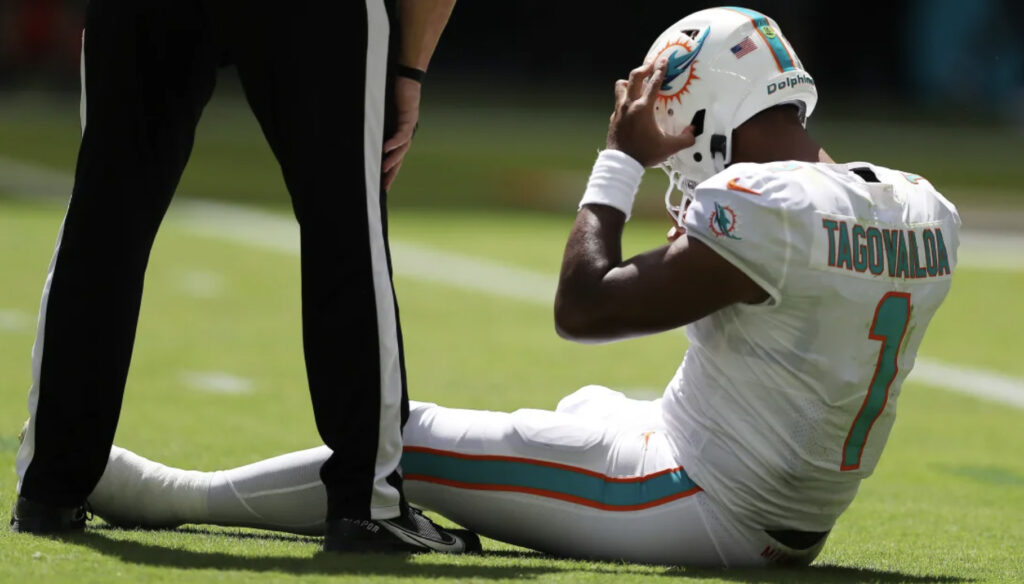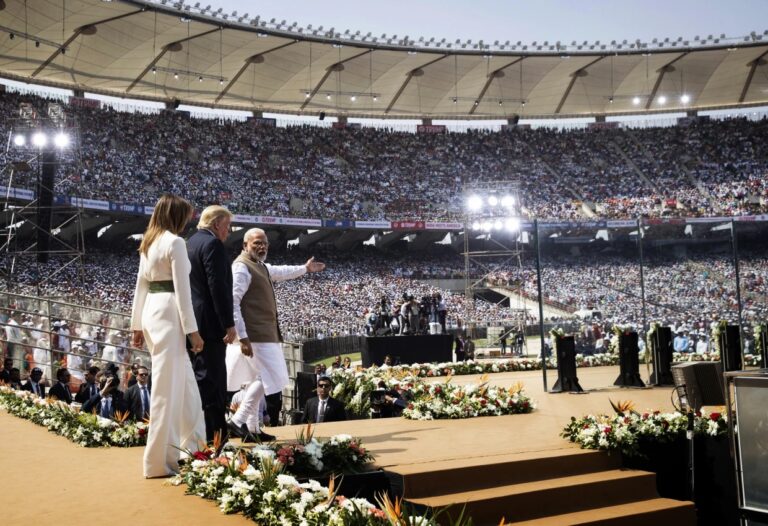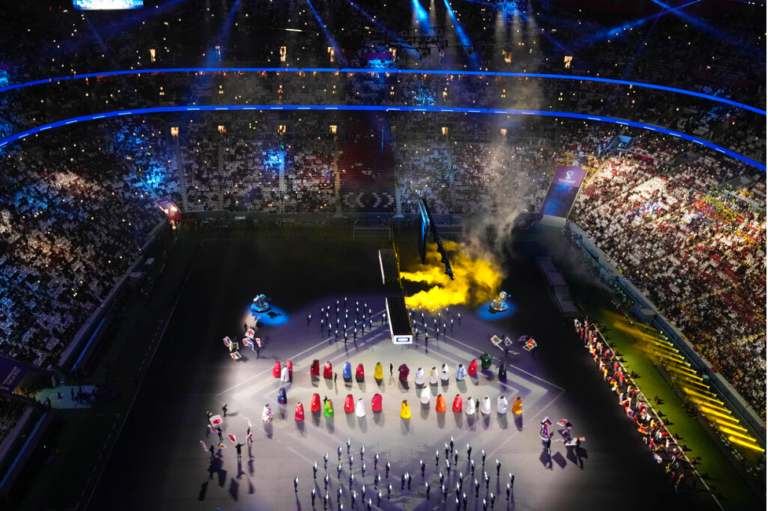
The most popular form of fall entertainment in America is bloodsport.
In recent weeks it has seemed impossible to avoid reminders of the new celebrity couple between Taylor Swift and the Kansas City Chiefs Tight End, Travis Kelce. The marketing powerhouse of the NFL is trying its hardest to capitalize on Taylor’s reach, and with Kelce’s jersey sales jumping nearly 400 percent, it is safe to say the strategy is working. While this may seem like a win for everyone, with presumably both parties gaining more fans, the NFL growing even larger may not be a good thing. The more universal the NFL and sport of football become, the more the questions and critiques surrounding the morality of the sport become drowned out, and its place in culture becomes further entrenched. Football is an incredibly damaging sport to its players and is rooted in a history of violence and toxicity. In many ways it stands as a testament to the American obsession with violence and disregard for the wellbeing of others, especially when it’s for the sake of entertainment.
The violent founding of American football began at Harvard as a hazing event called “Bloody Monday.” The game was simple, the freshmen stood on one end with the sophomores on the other, between them lay a ball. Each side would rush towards each other and have to kick the ball to the other’s side or end zone. The games always devolved into a violent brawl soon after the start. The game was a violent welcome for the unsuspecting freshman class. It was eventually banned in 1860 due to the brutality of the games. After some time, formal rules were written and organized leagues were created. The founding of the sport being rooted more so in torment and humiliation than feats of athleticism and competition may come as a surprise to some, but taking a closer look at even the modern iteration of the game reveals some difficult truths.
While the current iteration of football is a far cry from its brutal collegiate ancestor, one core tenant remains: the extreme contact between players, specifically contact to the players’ heads. Many people have now heard of the condition Chronic Traumatic Encephalopathy (CTE), but the true impacts and causes of this condition remain unpublicized. The disease is only diagnosed after the passing of the patient, and has been linked to rapid cognitive decline, manic episodes, suicidal ideation, and severe depression. The most infamous example of CTE in recent years may be that of Aaron Hernandez, who after being imprisoned on murder charges took his own life at the age of 27 in 2017. After his passing his brain was examined and showed that he had what is widely regarded as the most severe case of CTE in anyone younger than 46. While the most high profile examples are from professional players, the condition does not solely affect NFL alums, and has even been seen in players who only participated in high school. The main cause is not repeated concussions, rather repeated hits (whether concussive or subconcussive) to the head. After trying their hardest to ignore the science, the NFL decided to implement regulations targeting concussions, but nothing further. A slap to the face of years of research.
Many people who are conscious of the horrors of CTE, yet still support the game, tout the idea that the players are making a conscious decision to put their brains on the line. While that may be true, the most lionized stories of the NFL are those of rags to riches. The player who came from nothing, yet worked their way to get paid in the league. If someone has the option between abject poverty and generational wealth, of course they will take the chance.The NCAA acts as a conduit to this exploitative system, offering conditional scholarships so long as they deem you a viable player while reaping immense profits (that college players will never see) in the process.
If you ask the average football fan whether they would consider viewing a flag version of the game, you would most likely be met with bewilderment. The collisions are what draw the masses, but as we begin to learn the true impacts they have on the player’s lives we are forced to make a decision. Either find a way to reform the violence out of a game birthed from it, or continue feeding our obsession with violence at the expense of the players. The football stadiums of today often attempt to mimic the grandeur and structure of the Roman Colosseum, a place where the masses would flock to witness what were essentially sacrifices for the sake of entertainment. Today many would look at the games hosted by the original Colosseum in horror, and while football may not be as blatant a display of violence, the more we learn, the more accurate the parallels remain. Unlike the games at the Colosseum we are sheltered from witnessing the most horrific human costs of the sport, but they’re still incurred.



